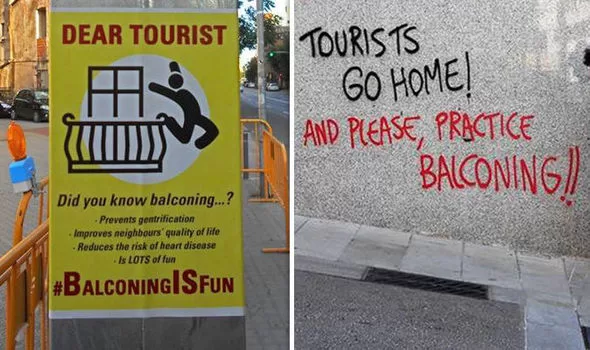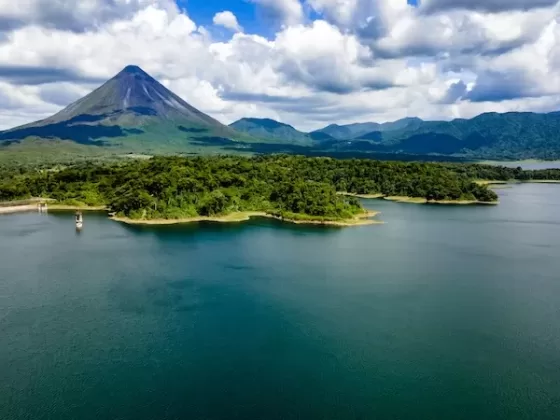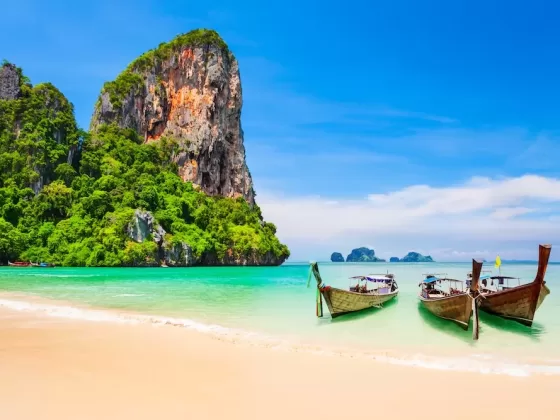Late Summer Travel Hell?
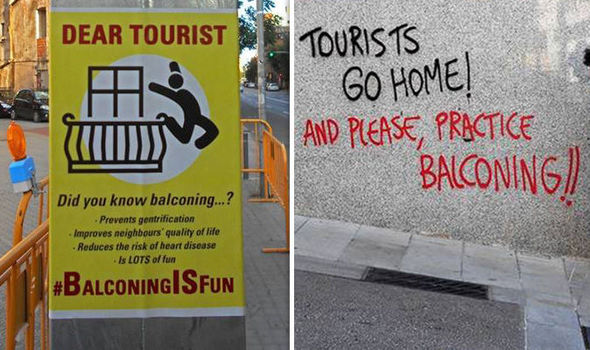
In July, the earth recorded multiple hottest days ever; California was ravaged by one of its most devastating wildfires in years, scorching almost half a million acres; the CrowdStrike tech outage led to the cancellation of thousands of flights; and a massive arson attack knocked out French trains just as the Summer Olympics opened in Paris.
Welcome to the hell of peak summer travel, when extreme weather, disasters, tech breakdowns, labor strikes and more are sure to lead to major headaches, if not ruined vacation plans. As this issue went to press, United Airlines’ 28,000 flight attendants were considering walking off the job, which would throw global travel into a tailspin just weeks after a major Canadian strike troubled 150,000 travelers.
To top it off, many top destinations have begun pushing back against over-tourism, so when you arrive in Barcelona, Venice, Marbella, Lisbon, and other hotspots you might be faced with anti-tourist protests, entry fees, and few affordable lodgings options. At Escape Artist, we do our best to reduce these hassles by traveling by bus, train, or car when possible and choosing less-visited destinations like Seville, Panama City, and Budapest.
But summer is summer, and sometimes you’ve got to bite the bullet.
All Quiet on the Lycian Way

One destination has a very different feel this summer. As the Turkish lira has tumbled in value in recent years, Turkey’s Mediterranean resort of Antalya has emerged as one of the most popular summer destinations for travelers across Europe. So it’s been rather stunning for many locals to find countless beaches, hotels, and restaurants along the famed Lycian Way largely empty this high season.
It’s no surprise that Turks are unable to afford the now-exorbitant costs. But that the soaring prices have made Turkey less affordable for foreign visitors, who have also complained of restaurant scams, is a worrying development. A beachside burger or beer now costs about three times last year’s price.
Travel costs are rising in many places around the world, but Turkey’s among the spots suffering the most. The silver lining may be that travelers choosing Antalya and nearby destinations may well have the place to themselves – not a bad trade-off for paying a bit more in summer high-season.
The Growing Peril of Going Viral

Are social media algorithms pushing adrenaline-fueled influencers to risk their lives for clicks? In July, a 27-year-old Indian influencer shooting a short video overlooking a popular waterfall lost her balance and tumbled hundreds of feet into a gorge. Aanvi Kamdar’s death underscored the increasingly dangerous lengths content creators will go to get likes, now that travel and adventure content has all but taken over top platforms like YouTube, Instagram and TikTok.
Last year, a popular British vlogger and his Greek companion traversed the Darien Pass, the nearly impenetrable stretch of jungle separating Colombia from Guatemala in which dozens of migrants die each year. The foreigners were detained several days in a Guatemalan jail. Similarly, early this year an American YouTuber with two million followers decided to film himself illegally crossing the US-Mexico border and ended up spending a few days in a Texan jail.
Such desperate measures are understandable. When viewers have seen everything – bouncing down whitewater rapids, scaling skyscrapers without ropes, criminal activity that courts arrest – the impossible becomes almost necessary. It’s the same problem Tom Cruise faces in making the next Mission Impossible film. And like those Hollywood blockbusters, the riskier the social media post, the better influencers tend to do. So, expect more danger, and possibly more death.
For today’s GoPro daredevils, it’s the best way to keep the clicks coming.
Our More Mobile Urban Future Coming Soon
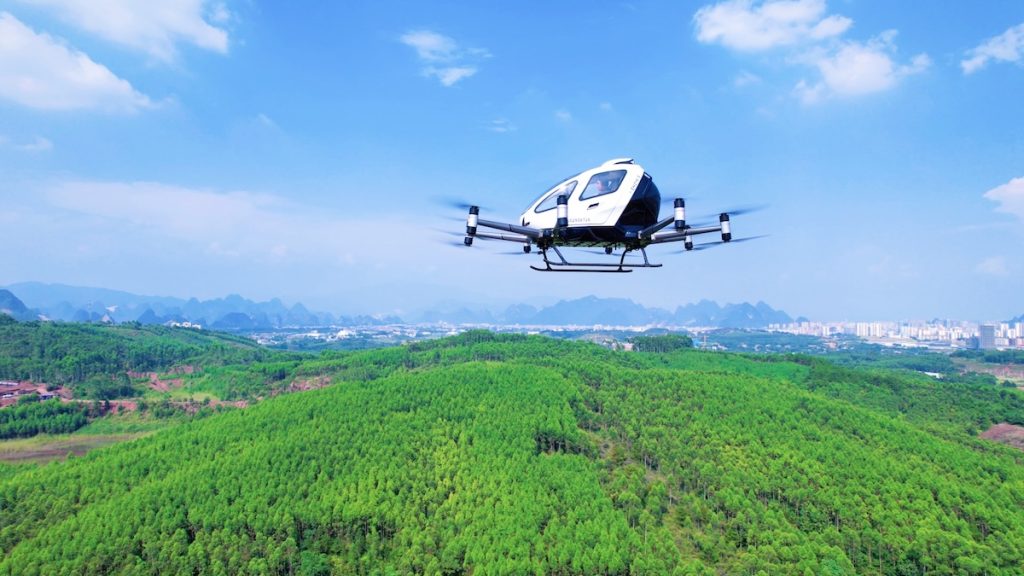
In the garage of my childhood home we had a sci-fi pinball machine from the 1960’s called “2009.” The backlit display showed futuristic humans zipping through the sky on electric surfboards and sleek cars zooming past floating skyscrapers. In reality, the eponymous year arrived with a great deal less innovative oomph, during which I recall driving an aged, ground-bound Volvo station wagon.
But today we may be on the cusp of a new era of inner-city travel. The Waymo driverless taxi provides 50,000 rides a week and recently received a $5 billion investment from Google. Chinese flying taxi maker EHang gained approval in July to provide commercial services with its first model, which resembles a huge drone. The US is also joining the fray: Boeing’s pilotless Wisk Generation 6 is expected to take flight by 2030 in the US and several Asian cities.
Will flying taxis be whisking us to meetings in the coming years? Will the world’s countless Uber drivers soon be forced to find new jobs? Might that 60s pinball machine have been only 20 years off from predicting the future? Our flying future may finally be on the wing.
Paul Osterlund
